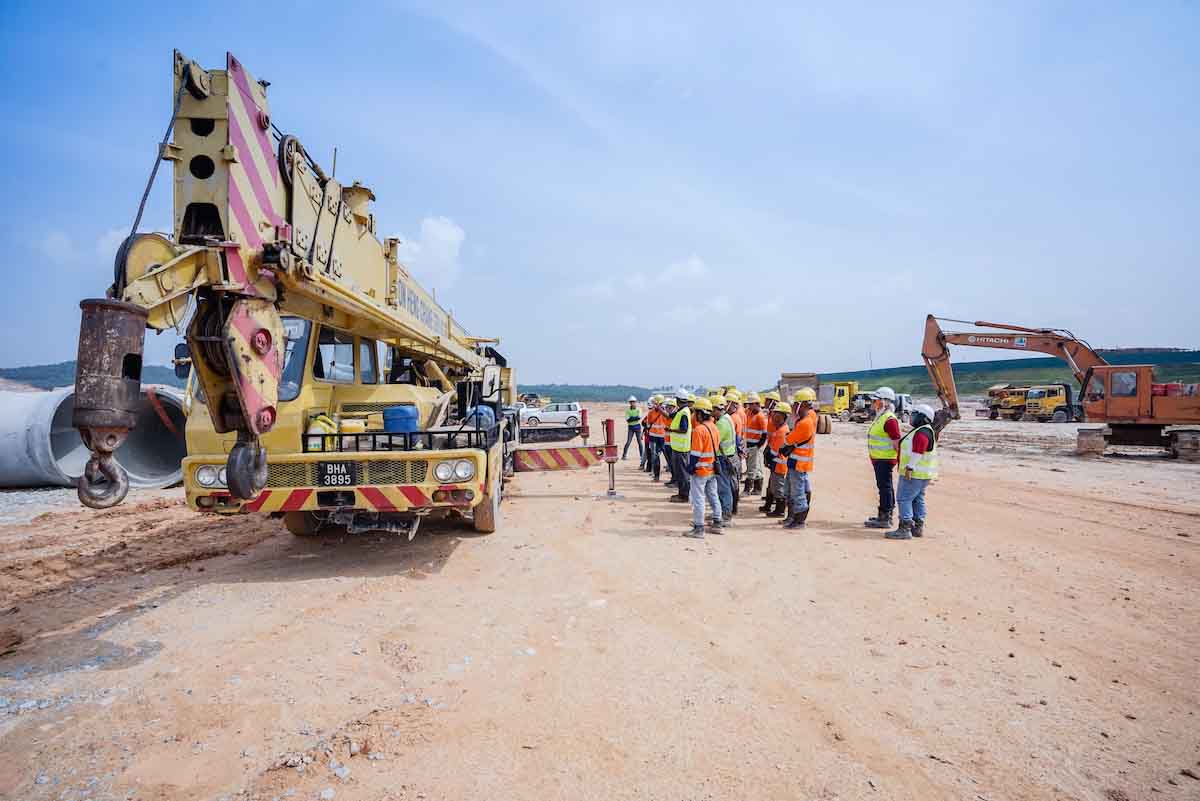
3 Things You’ll Learn in Crane Safety Training

Cranes are one of the most important pieces of heavy machinery for major construction projects. With states and cities all across the USA struggling to meet a significant housing shortage and seeking to build new housing, being a crane operator is a job that is undoubtedly going to be in high demand in the coming years. However, not everyone can just jump into a crane’s cabin and get to work. Before you start hauling and lifting construction material, you’ll have to take crane safety training.
Here are three key things you’ll learn in crane safety training:
1. The Most Common Crane Safety Hazards
In order to know how to safely operate a crane, you’ll have to learn what the most dangerous risks are when it comes to crane operation—and how you can avoid encountering them. This will include things like:
- Power lines. Contacting power lines is a serious risk for crane operators. The voltage can travel through the crane itself, injuring or even killing anyone touching the crane if the cabin isn’t properly insulated. Downed power lines are incredibly dangerous, so learning how to spot and avoid them is key for any crane safety training.
- Falling materials. It’s often been said that a penny could kill someone if dropped from the Empire State Building. While this particular fact was disproved by the show MythBusters, anything dropped from high up, especially heavy construction material, can be dangerous or lethal. In crane safety training, you’ll learn how to understand your crane’s safe working load (SWL) and how to never exceed it.
- Unsecured loads. It may not be that the load exceeds the SWL; it may not be well secured. Therefore, crane safety training will include how to properly secure all loads during the rigging stage before anything is ever lifted into the sky.
2. How to Communicate While Operating a Crane
Some more modern cranes are equipped with radios, but not all are. The time-honored tradition of the crane operator is following hand signals from a signalperson on the construction site. In crane safety training, you’ll learn common hand signals, how to determine key signals with your jobsite’s signalperson, and how you can look out for signals while managing your crane’s heavy load.
3. How to Follow Crane Safety Regulations
It will probably not come as a surprise that the government has a stringent set of requirements for crane safety. The Occupational Safety and Health Administration (OSHA) wants to ensure that crane operators and jobsites are safe. The American Society of Civil Engineers (ASCE) has a set of crane safety guidelines to follow as well. Setting aside that not following these guidelines can be quite risky, doing so can also get you or your employer fined, so it’s very important to know what the regulations are so that you can follow them.
Are you interested in taking crane safety training to learn how to be a great, safe crane operator? West Coast Training can help. Contact us to sign up for lessons today.
